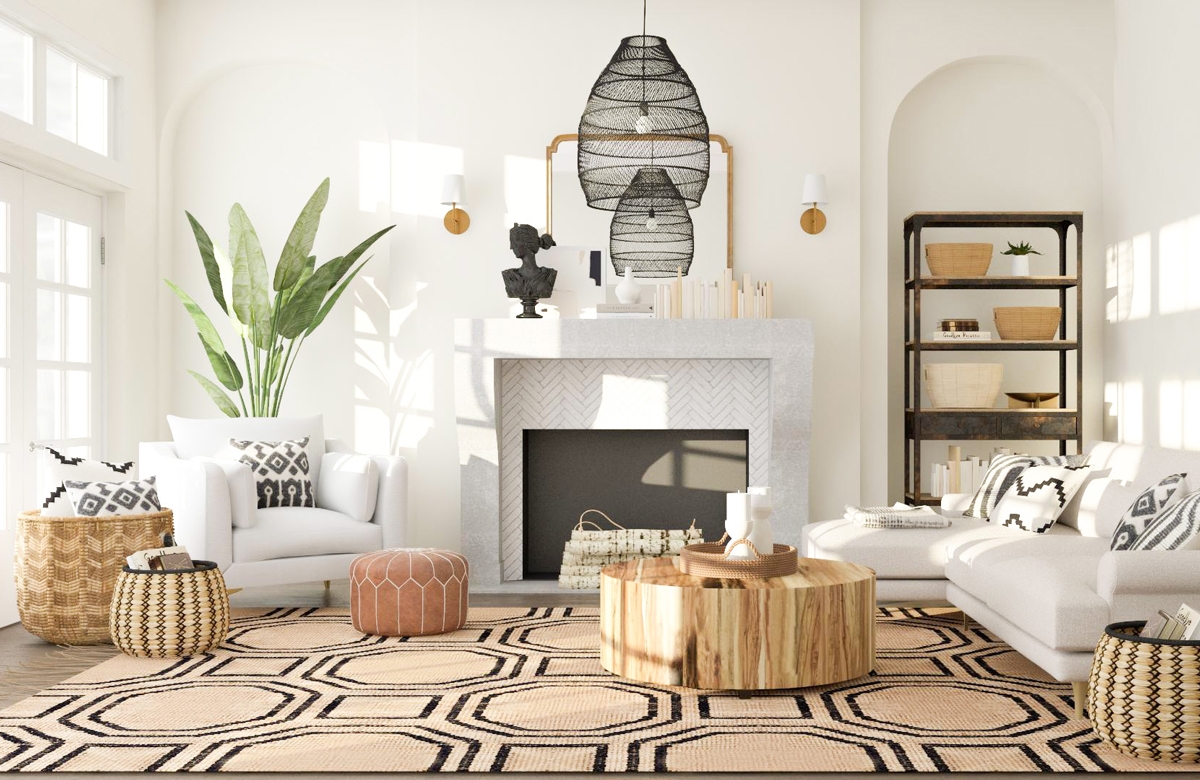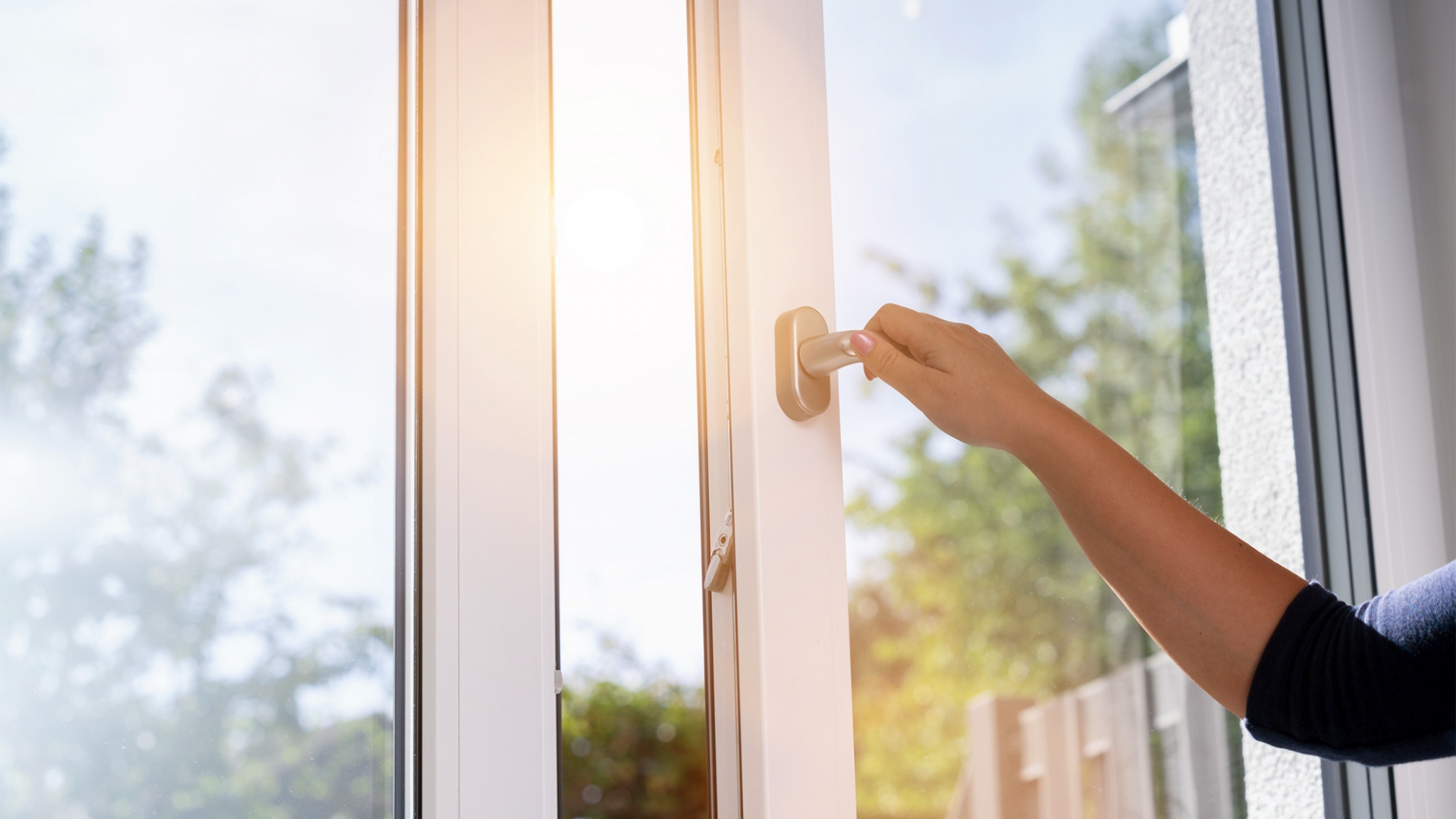How to bring a touch of nature into your house?
 |
| Photo: Thelivingblue.com |
How do we experience the relation to nature in our high tech, modern lives? It varies among individuals but it’s the wave of relaxation you feel when listening to ocean waves, the comfort of a breeze against your face, the spirit-uplifting smell of pine of a forest, or the surge of happiness you feel when you catch a glimpse of a robin in early spring.
These benefits may be felt more intensely when we are outdoors but they are not exclusive to the outdoors. Bringing nature into indoor spaces can have a huge impact on how we feel. Studies have shown that adding biophilic elements to workplaces, hospitals, living spaces and schools can reduce stress, blood pressure and heart rates, while increasing productivity, creativity and overall well-being.
Here are 5 easy ways to bring nature into your home or classroom.
PLANTS
House plants are possibly the easiest way of bringing nature into your home. Ferns, succulents, cacti, orchids, aloes and many other plants and flowers thrive indoors with some attention. This gives you a huge selection that enables you to breathe life into any room.
In addition to being an attractive form of decoration, house plants also have a positive effect on your health because they help reduce stress and anxiety while removing toxins from the air you breathe.
To create your indoor garden, add various plants all around your home in all different shapes and sizes. Plants can be added to countertops, placed on end tables, hung from the ceiling, in pots on the floor, and much more. Try to have at least a couple of plants in each room and use a variety of selections.
However, if you struggle to find space in your home, a terrarium may be the perfect option for you. A terrarium is a glass container is filled will soil, stones, and small slow-growing plants and is a unique and attractive way to add plants to your home. Moreover, you can either create your own or buy a ready-made terrarium, according to digthisdesign.
FURNITURE
Whether you’re looking for new dining room furniture or the perfect place for your child or students to lounge in a reading nook, bring biophilia into indoor space by opting for natural materials like wood, stone or slate. Natural materials bring in the textural and pattern variations that we experience in nature and are a great way to “biophilize” a space. Materials such as bamboo, rattan and wood have a natural tactility to them and bring in a sense of warmth.
TEXTURE & COLOR
 |
| Photo: Mudsyblog.com |
What could more soothing than the colors found in the natural world? If you love the desert, try adding more chalk, sand, dove grey, muted sage green. Channel the ultimate palette of nature with the colors of sunsets such as burnt orange, light pink, and deep purple, yellow. If you want to bathe in the colors of the forest, try a palette of greens and browns.
For city dwellers, color is your chance to go beyond the sterile and cold concrete and asphalt of your immediate neighborhood. And don’t forget about prints inspired by nature such as botanicals which can bring a pop of biophilia into your home or classroom in the form of prints on walls, pillows or other upholstery or other accessories.
Like color choice, deliberate choice in texture is another important biophilia opportunity. Think about tiles with honeycomb-shapes or rug tiles that look like moss. Opt for linen, organic cotton and wool in your soft furnishings and accessories.
LINE
One of the basic principles of interior design is to respect the line in a room. For biophilic rooms, try to bring out soft, natural lines wherever possible. Remember that straight lines and sharp angles are less common in nature, yet today, most of our building materials are dominated by straight lines and right angles. In your choice of furniture or accessories, go for curves in the form of curved sofas or chairs, round or oval tables, or tiles with wavy patterns.
SUNSHINE AND FRESH AIR
 |
| Photo: Realtor.com |
Whether it’s from windows or skylights, bringing natural light and fresh air inside can keep your space fresh and inviting. There are scientifically proven correlations between natural light exposure and mood, as well as your body’s ability to maintain its circadian rhythm. Refreshing the air in your home can help eliminate volatile organic compounds, pet dander and microparticles from cooking and cleaning.
If your home is lacking in natural light, a skylight may be easier to add than a window, and skylights bring in twice as much light as vertical windows; their angle allows more of the sun’s rays to reach farther into the room. Some skylights, including many offered by Velux, also offer venting options that can contribute to cleaner air, as noted by globenewswire.com
 | Top interesting pumpkin faces to decorate your house at Halloween 2020 Halloween is coming and you haven't find out your best pumpkin decoration choice yet? You don't need to be an expert to design your house ... |
 | Useful Tips To Maintain A Healthy Lifestyle Maintaining a healthy lifestyle is an important key to a happy life. Everyone already knows this, but very few people actually take the steps that ... |
 | 3 creative ways to make DIY Haunted House Crafts for your Kids! Halloween is coming with lots of happiness and hope. If you are wondering how you can experience a memorable Halloween with your children, read this ... |


























